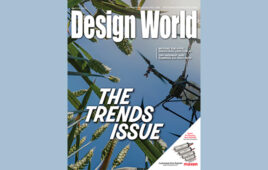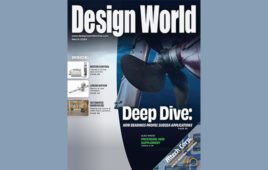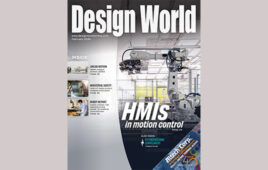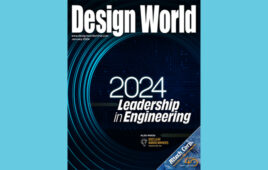Engineering and science — together
Although I am a degreed engineer, I’ve always felt a kinship with scientists; I suppose it’s that we’re playing for the same team of knowledge seekers. As a kid, I was attracted to subjects like meteorology and astronomy, and on many nights, you could find me in the backyard or at a star party with my 80 mm refractor or my 10-in. Dobsonian reflecting telescope — viewing nebulae, galaxies, globular star clusters, and the like. But those subjects gradually faded as potential career ideas for me. Instead, focused on engineering and writing, two somewhat disparate skills that would eventually serve me in the same career.
In a strange twist of fate, one of the first big stories I wrote after getting into the b2b magazine business was about hydraulic actuators that were being used on a telescope’s primary mirror on Arizona’s Kitt Peak Observatory. The actuators finely adjusted the optics on the mirror to compensate for minute distortions in the atmosphere, an incredible achievement of engineering that would benefit scientists for a long time to come.
And last month, after a decades-long wait, NASA launched the James Webb Space Telescope, the successor to Hubble. Webb, which will focus on infrared light, has a hexagonal segmented mirror that’s roughly six times the size of Hubble’s primary mirror. Because of multiple constraints imposed on Webb, which had to fit inside an Ariane 5 rocket’s nose cone, engineers were forced to fold the telescope’s supporting structures, sunshields, solar panels, and even the mirror itself in an origami project unlike anything seen before. This resulted in an instrument that had 344 potential failure points once in space.
Personally, it’s been a little nerve wracking for me these last few weeks, carefully following Webb — from the lead-up of the launch itself to the mid-course correction burns. There’s been the gradual unfolding of its surrounding structures and the delicate extension of its mission-critical tennis-court-sized sunshield. Even as I write this today, the tensioning of the sunshield is occurring, and I’ve been watching the coverage all morning. It’s truly a fascinating engineering accomplishment that is happening, as eight motors are slowly reeling in 90 cables through myriad pulleys.
If you haven’t been paying attention, I suggest bookmarking jwst.nasa.gov — it’s quite incredible what scientists and engineers can do when working together. Here’s wishing you and yours a prosperous and discovery-filled 2022.
Paul J. Heney – VP, Editorial Director
[email protected]
On Twitter @wtwh_paulheney
Filed Under: DIGITAL ISSUES • DESIGN WORLD




